Walking poles are useful in spreading the load and aiding stability when walking. A well adjusted pair of poles can be used to take some of the strain off the legs, especially when heading uphill, and easing the load on the knees when descending.
They’re also useful in helping balance on uneven ground and in instances such as stream crossings where you’re likely to encounter slippery rocks underfoot. We’ve also noted many ultrarunners using lightweight poles in races.
Most poles have one of two types of locking for adjusting length: an internal twisting mechanism or a locking clamp. Both rely on friction to keep the section in place. In the former, the section below the joint is twisted clockwise to lock and anticlockwise to loosen. With a clamp, a lever is unlocked to allow the section of pole to be slid to the appropriate length and then closed to lock it in place.
Tips are usually of a hardened metal, typically carbide, to ensure durability. Some of the poles come with detachable rubberised ferrules which push over the tips for use on hard surfaces and cut down on the noise when striking the ground. Some of the poles also have detachable baskets which lock on to the base of the pole and provide extra traction in snow and mud.
Handles should be comfortable to grip. Some have an extension under the main section to enable the pole to be held lower down when on uphill sections. This usually means you can’t wrap the strap round your wrist and hand. We recommend in normal use you use the strap, passing the hand up through the loop so that the strap sits in the crook of the thumb and forefinger, allowing that area to absorb the downward force and also allowing easier swinging of the pole without having to grip the handle too tightly.
With adjustable poles, the correct length is achieved when the forearm sits at 90 degrees to the upper arm when gripping the pole.
Most of the poles are made from aluminium, though carbon fibre is also used, the latter generally offering greater strength for a given weight, though at a cost.
We’ve tested the poles for how well they performed; how easy they were to use; comfort; quality, and value for money – not just how cheap they are.
It’s difficult to recommend an ideal pole length for people of varying heights but in general, a pole height of 105cm might suit someone about 5ft (1,52m), while 135cm would probably be right for someone of 6ft 4ins (1.93m).
Fizan Compact
Price: £60 (pair)
Country of manufacture: Italy
Weight (pair): 330g
Colour: black/green
Length: collapsed: 60cm
Maximum length: 132cm
Material: aluminium
The Fizan Compact is marketed as the world’s lightest three-section aluminium pole and it was easily the lightest in the test.
The Compact pole has twist adjustment, making for a sleek profile. The lower section has a stop mark and height adjustment markings on the higher section range from 100cm to 132cm.
The poles come with a pair of medium sized baskets and a pair of rubber ferrules.
The handle is EVA foam with a plastic head section in which the strap adjuster sits. The handle was comfortable and was a good shape. The strap is broad material with no padding. Length adjustment was easy but the strap wasn’t the most comfortable.
The Fizan poles worked well and the slender profile and light weight made them easy to use. Despite the low weight, the Compact poles felt sturdy and didn’t flex or rattle when striking the ground. Quality was good.
Performance 25/30
Ease of use 25/30
Comfort 15/20
Quality 8/10
Value for money 8/10
Total score: 81/100
Helinox Ridgeline DL135
Price: £130 (pair)
Country of manufacture: South Korea
Weight (pair): 510g
Colour: blue
Length: collapsed: 62cm
Maximum length: 135cm
Material: aluminium
The Helinox Ridgeline range comes in various versions. We tested the DL135, which has the brand’s dual lever locking system.
The poles use fairly large diameter aluminium from DACS, and feel very sturdy. The bottom of the lower section tapers slightly and the external mechanism actually locks on to the upper part of the plastic tip array when storing at minimum length. The upper lock grips a slightly smaller diameter section of tubing. This arrangement means the locks are under less strain when storing in the collapsed state, and allows maximum grip for when the poles are extended and more friction is required.
The lever locks are unusual in that hey fold in along the direction of the tubing, rather than at a perpendicular to the shaft, giving them a narrower profile. They also have dual cams, making engagement on the tubing very positive. The plastic levers are easy to use, but any adjustment in tension would need a screwdriver. However, in use, we didn’t find any adjustment necessary.
The pole length is set on the upper section, from 105cm to 135cm. You then set the lower section to a zero setting. There are shortening measures, in minus centimetre settings, from -1cm to -15cm.
The DL135 poles come with medium baskets and also rubberised ferrules.
The handles are foam, with a plastic cap containing the strap adjustment. There’s a long lower extension to the handles for use on uphill sections. The handles were comfortable to use. The straps are sturdy webbing with foam pads in the area of the back of the hand. Adjustment was easy and the straps were comfortable.
The poles performed well and were easy to adjust. They feel very sturdy without being too heavy. Comfort was good and quality was also good.
Performance 24/30
Ease of use 26/30
Comfort 16/20
Quality 8/10
Value for money 7/10
Total score: 81/100
Komperdell Hikemaster Powerlock
Price: £80 (pair)
Country of manufacture: Austria
Weight (pair): 548g
Colour: black
Length: collapsed: 64cm
Maximum length: 140cm
Material: aluminium
The Hikemaster Powerlock poles are aluminium, with the clamps and levers being all metal. They had a very secure-feeling locking action and the poles didn’t move when downward pressure was applied. The bottom Powerlock mechanism locks on to a plastic section of the tip assembly. The tungsten carbide tip performed well and didn’t slip.
The Komperdell poles came with a removable trekking basket, secured on two lugs on the tip assembly using a bayonet movement.
The aluminium tubes are quite a large, solid feeling diameter. The lowest section tapers towards its base.
To adjust to the right length, the bottom section of the pole is extended to a stop line, and the mid-section to the required mark, between 105cm and 140cm.
The handle is comfortable in use. It’s fairly long, though it doesn’t have a lower extension. It has a slight give to it when squeezed. Komperdell uses TacGrip in the handle manufacture, which is more commonly found in tennis racquet handles. When you grip the handle of the Powerlock pole, there’s a definite ‘tacky’ feeling, which helps to keep the grip in the right place. We didn’t find any excessive build-up of perspiration on the handles, which were among the most comfortable, aided by good straps. These are strong webbing with a soft lining in the area that goes over the back of the hand.
Overall performance was good, with a sturdy feel to placement from the aluminium tubing. Pole-length adjustment was quick and simple, with the Powerlocks gripping well. Strap-length adjustment was easy too, with the top strap pulled to lengthen and the bottom extension used to shorten.
Quality was good, and Komperdell offers a three-year guarantee with free repair if damaged poles are returned to them.
Performance 25/30
Ease of use 26/30
Comfort 16/20
Quality 8/10
Value for money 8/10
Total score: 83/100
Leki Micro Vario Carbon
Price: £144.95 (pair)
Country of manufacture: Czech Republic
Weight (pair): 414g
Colour: black
Length: collapsed: 38cm
Maximum length: 130cm
Material: carbon
The Micro Vario is the only pole in the test that uses carbon for its shafts rather than aluminium. This is reflected in the price of the Leki poles.
The strength of the material enables a smaller diameter for the sections, and also keeps the weight down. These are the second-lightest in the test.
The construction also varies from other poles in the test in that the Micro Vario collapses into separate sections connected by strong plastic shockcords. These Leki poles are just 38cm long in their collapsed state, and come in a storage bag with drawcords, so are easy to stash in either your rucksack or travel bag if heading further afield.
They have just one length-adjustment lock, which is Leki’s Speed Lock 2 at the base of the extended handle. This enables pole lengths of between 110cm and 130cm to be set. Locking is assured, and there’s a knurled wheel to alter the tension of the locking mechanism.
Once this length has been set, you can leave it at your required length if you like, and just collapse the poles into their folded form, though that will mean collapsed length is a little longer, particularly if you’re a taller walker.
To use the poles, you slide out a section from the top tube, which pulls the two lower sections into their housings. A push button locks the poles into position. There are metal sections in the poles at the two joints with a good overlap for strength. The folding sections sit very securely once the tension is applied.
The tungsten tip worked well and didn’t slip. The poles have a small basket to help stop them sinking into muddy sections of terrain.
The handle has Leki’s Aergon Thermo grip and was comfortable and felt warm with ungloved hands. There was no slippage in grip. The poles also have long thermal extensions for use on uphill sections.
The straps are thin material to keep weight down. There’s no padding, but we found them comfortable on the trail. Strap length is adjusted by pulling the top strap upwards to unlock the mechanism. After adjustment, pulling down the top strap locks the mechanism again and gives an assured feel.
The Leki Micro Vario Carbon poles worked well and the light weight and slender construction made for a good swing action and positive placement on the ground. The collapsible design made it easy on sections of walking where we didn’t want to use the pole: simply press the release button and fold the poles up. You can either carry them in one hand until you need them again, or stash them in their bag. Its lower drawcord enables the bag to be shortened, leaving the top of the handles outside the bag so you can hang them from a carabiner from your rucksack straps.
Quality was good and all the components have a solid feel and the design is good. You’ll pay extra for the carbon construction, but the low weight and flexibility in use is an advantage.
Performance 26/30
Ease of use 26/30
Comfort 16/20
Quality 8/10
Value for money 7/10
Total score: 83/100
MSR DynaLock Explore
Price: £85 (pair)
Country of manufacture: China
Weight (pair): 502g
Colour: grey
Length: collapsed: 63cm
Maximum length: 140cm
Material: aluminium
These aluminium poles have been designed with mountaineers and trekkers in mind.
Length adjustment is by the DynaLock clamps, which give a good positive lock on the shaft. The locks have knurled wheels to vary the clamping force easily and without a screwdriver.
Both the upper and lower telescopic sections have length markings from 110cm to 140cm, so adjustment involves selecting the required length on each section.
The tip is carbide and worked well without slipping. The poles have two sets of baskets: one medium-sized trekking pair and another for use in snow. The latter have lugs for unfastening bindings on snowshoes.
The handle is EVA with a grippy surface which felt comfortable. There’s a lower extension too for uphill use. The strap is a strong webbing one with a wider section with a soft lining and was comfortable in use. Adjustment is simple, by pulling the top strap for lengthening and the bottom tab for shortening. Downward pressure on the strap locks it.
On the trail the MSR poles felt solid and there was no rattling when striking the ground. The DynaLock clamps don’t protrude too much and length adjustment was very easy and locking felt positive. The adjustment wheels for clamp force are very easy to use.
Quality was good and weight was middling among the poles in the test.
Performance 24/30
Ease of use 25/30
Comfort 16/20
Quality 8/10
Value for money 8/10
Total score: 81/100
Trekmates Walker Shock Poles
Price: £30 (pair)
Country of manufacture: China
Weight (pair): 652g
Colour: blue
Length: collapsed: 66cm
Maximum length: 134cm
Material: aluminium
The Trekmates poles are aluminium and have fairly large diameter shafts.
Length adjustment is by twist locks. The lowest section has a line to which you extend the pole and the middle section then has the length markings, from 110cm to 135cm.
The tip is steel and there’s a small basket that can be removed by unscrewing it from the bottom of the pole.
The Trekmates poles are one of only two anti-shock models in the test. This is achieved by a sprung joint between the top and middle sections that allows a centimetre of travel. In most instances the shock absorption wasn’t noticeable, but on downhill sections when more weight was being applied to the poles, the sprung action did come into play.
The handle is a basic plastic one with no real padding. The strap is webbing with no lining. Adjustment is via a buckle on the webbing, which was fiddlier and less convenient than conventional pole strap arrangements.
In use, the Trekmates Walker Shock Poles felt solid and did the job. We’re not convinced the anti-shock feature adds greatly to comfort but some walkers may value it, particularly on descents.
The Trekmates poles offer a solid, if basic aid to walking, though they are the heaviest in the test. They’re also the most competitively priced, so if you’re looking at walking poles that won’t hurt your bank balance too much, they’re worth attention.
Performance 23/30
Ease of use 23/30
Comfort 12/20
Quality 6/10
Value for money 8/10
Total score: 72/100
Vango Camino
Price: £33 (pair)
Country of manufacture: China
Weight (pair): 652g
Colour: grey
Length: collapsed: 66cm
Maximum length: 140cm
Material: aluminium
The Camino poles are fairly slender aluminium ones with locking clamps for length adjustment.
The locks work well and feel positive once adjusted properly using the knurled wheels which alter the clamping force. Both the bottom section and middle section have length markings, from 105cm to 135cm, so the correct length is achieved by adjusting both to the required mark.
The tip is tungsten and the poles come with detachable medium-size baskets which screw on to the bottom of the poles.
The handle is hard foam with a little give but was easy to grip. Within the handle is an anti-shock mechanism, allowing about 2.5cm of travel between the handle and the top section of shaft. The springing on this is fairly soft and comes into play regularly, not just when exerting lots of weight on the pole.
The strap is webbing with soft lining on the area of the back of the hand. It is adjustable in standard fashion, with the top strap allowing lengthening and the bottom one shortening it.
The Vango Camino poles worked well, though there was some rattling from them on ground strikes on hard terrain. The locks protrude quite a bit but did make for quick and easy adjustment.
Weight was middling, thanks to the Vango poles’ fairly slender profile.
For their price, which is pretty competitive, the Camino poles offer lots of features you would expect from more expensive ones, and are well thought-out. The anti-shock springing feature may appeal to some walkers but we didn’t find it made a huge difference.
Vango sells the Camino poles separately, but we would always recommend using two poles to prevent uneven loading of one part of the body.
Performance 23/30
Ease of use 24/30
Comfort 14/20
Quality 7/10
Value for money 9/10
Total score: 77/100
All of the poles tested performed what was required, in terms of adding to the walker’s stability and reducing strain on the legs. The difference in overall performance was small. But some poles were much more comfortable to use and some were easier to adjust, which is where the biggest differences lay.
The Komperdell Hikemaster Powerlock and the Leki Micro Vario Carbon both topped the test. Both were easy to use and were comfortable and were of very good quality, though the Leki carbon poles are expensive.
The Fizan, Helinox and MSR poles also scored highly, and for features at a very competitive price, the Vango model was hard to beat. Trekmates’ Walker Shock Poles, like the Vango Camino have anti-shock springing if that’s on your list of desired features. If light weight is your top priority, the Fizan Compact is a clear winner.
- All the poles were supplied to grough by the brands.
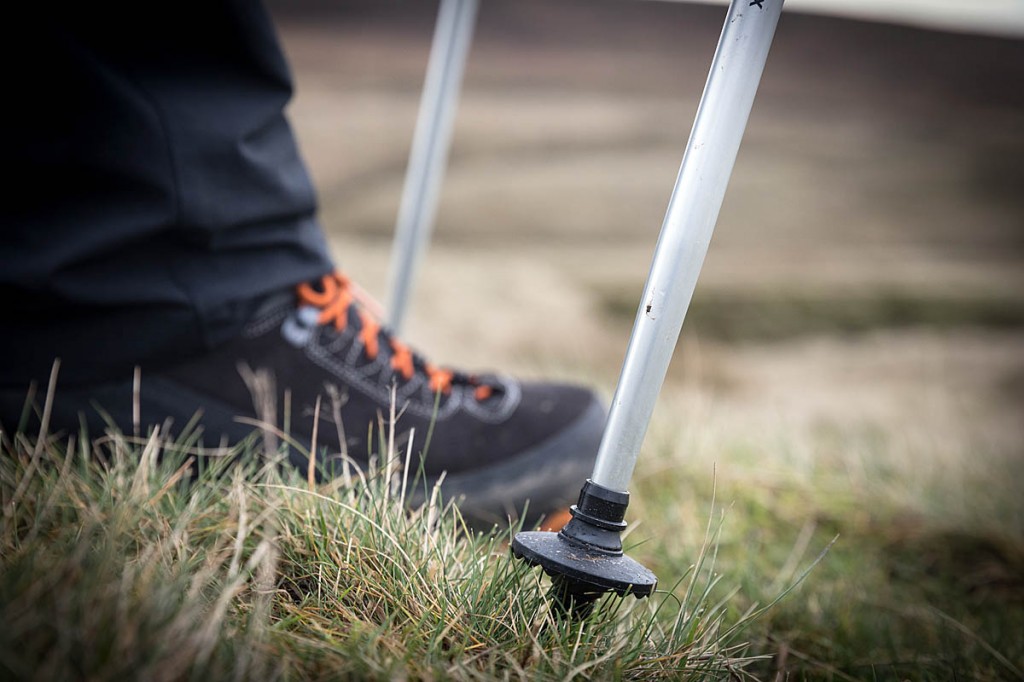
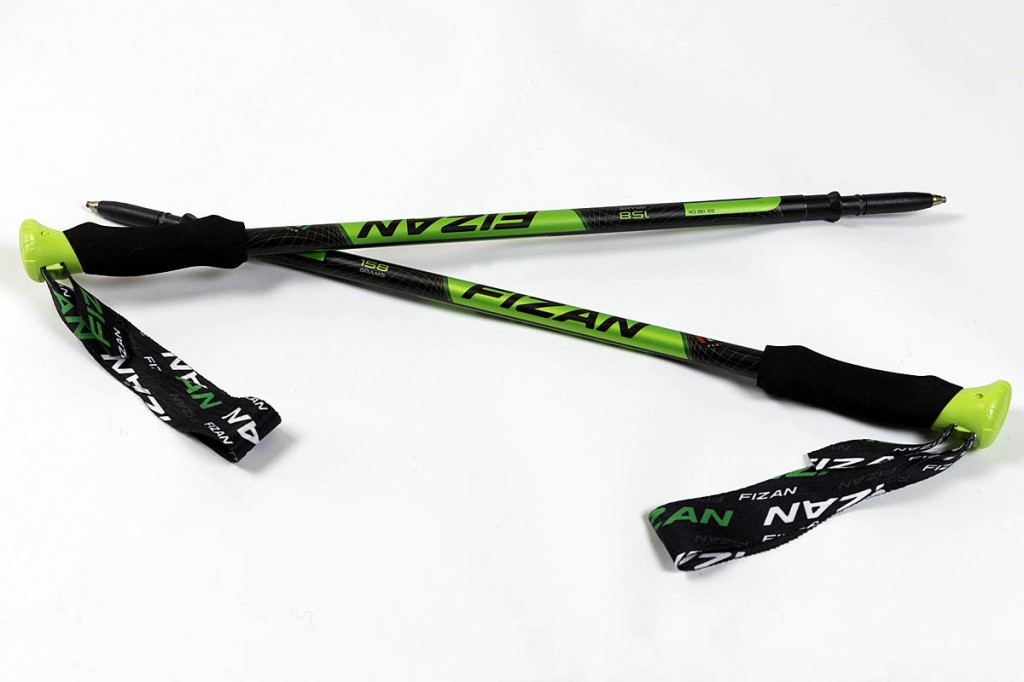
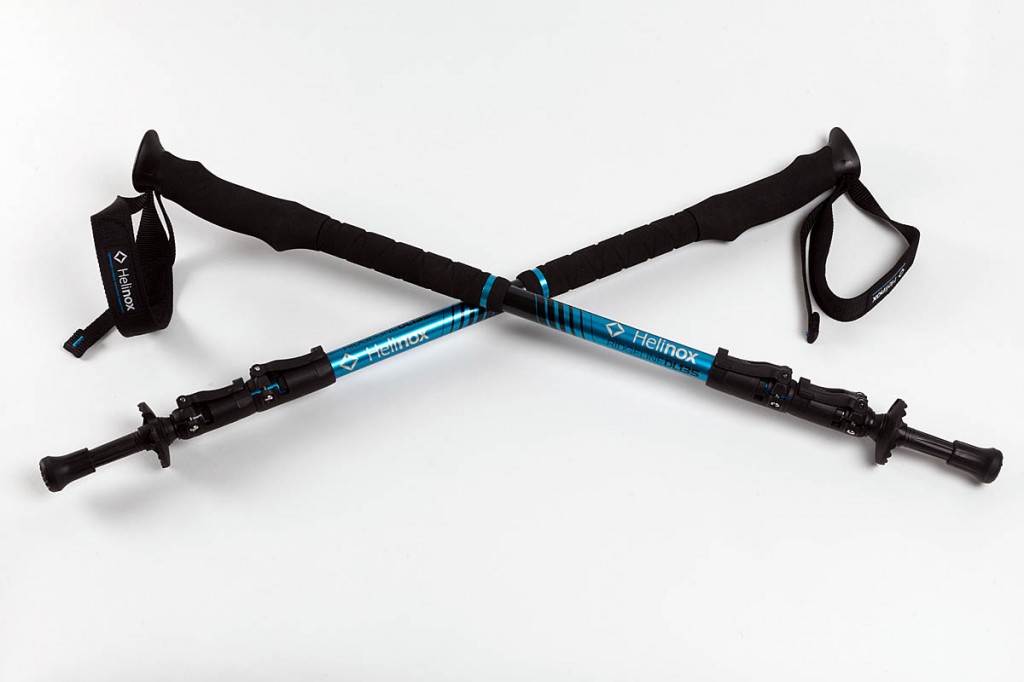
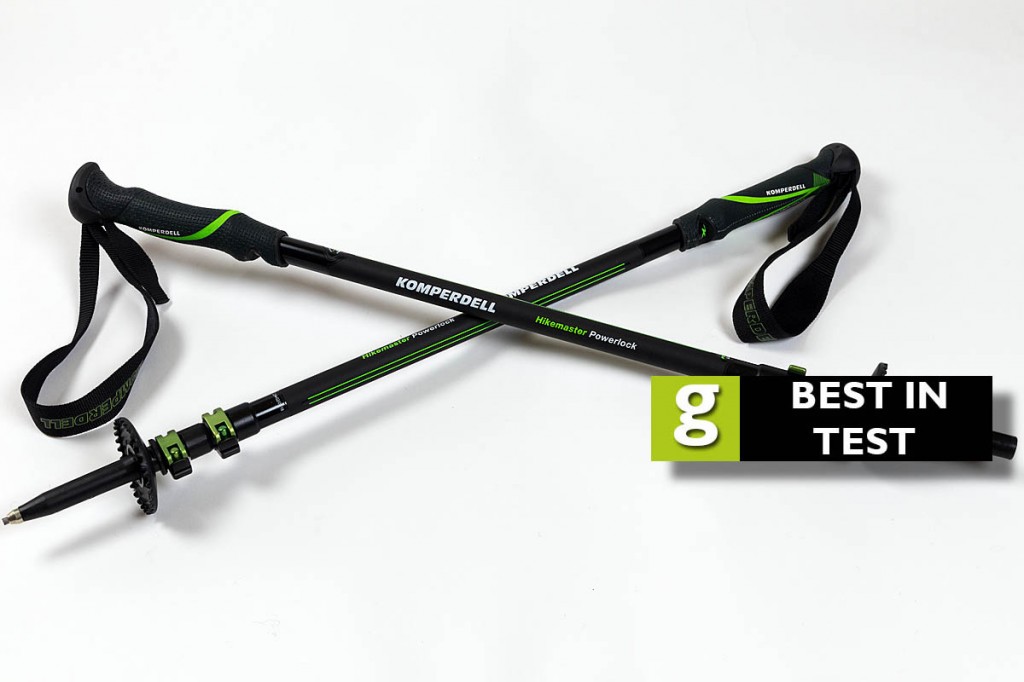
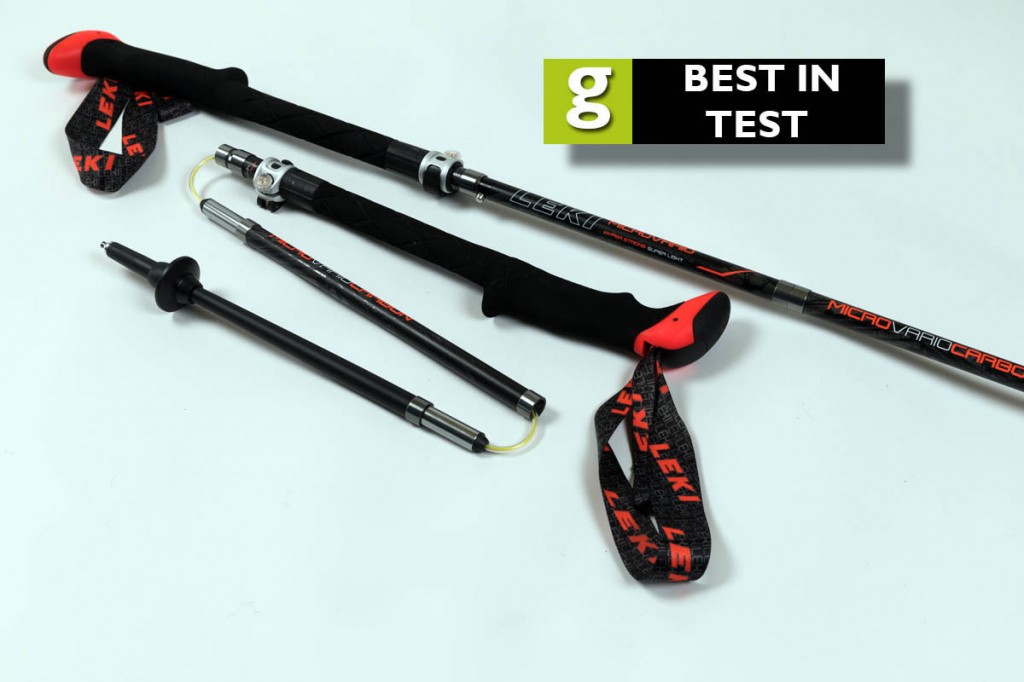
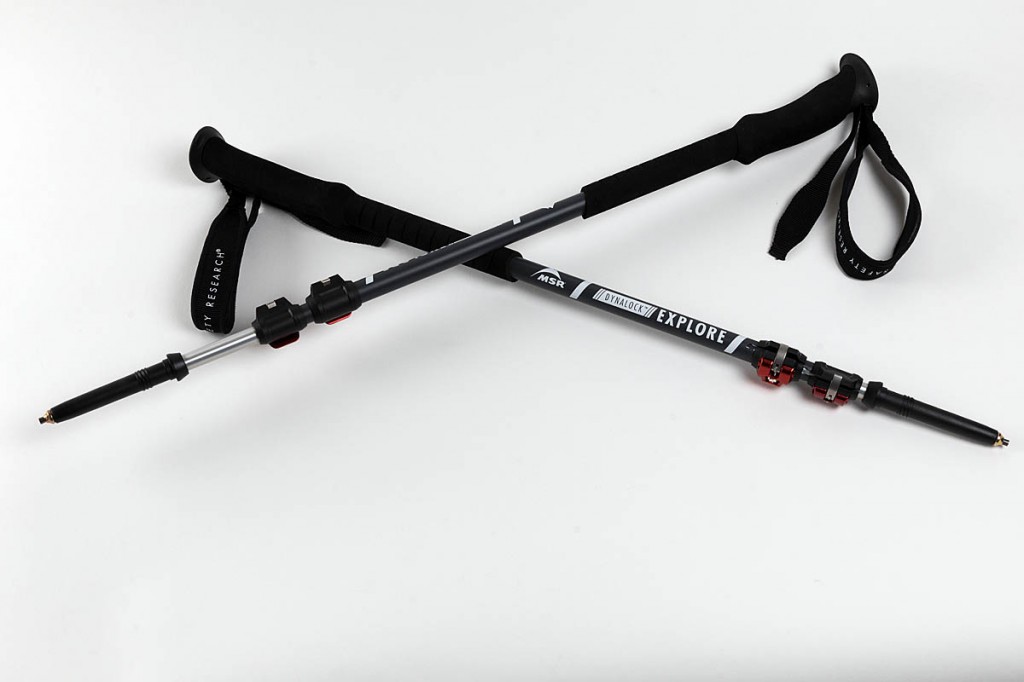
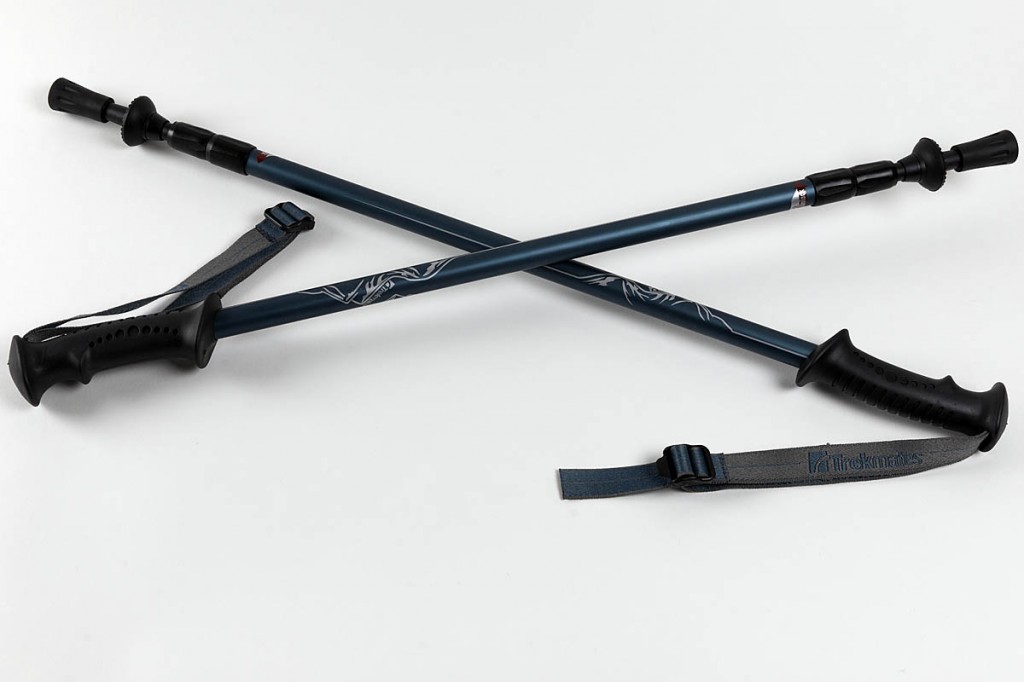
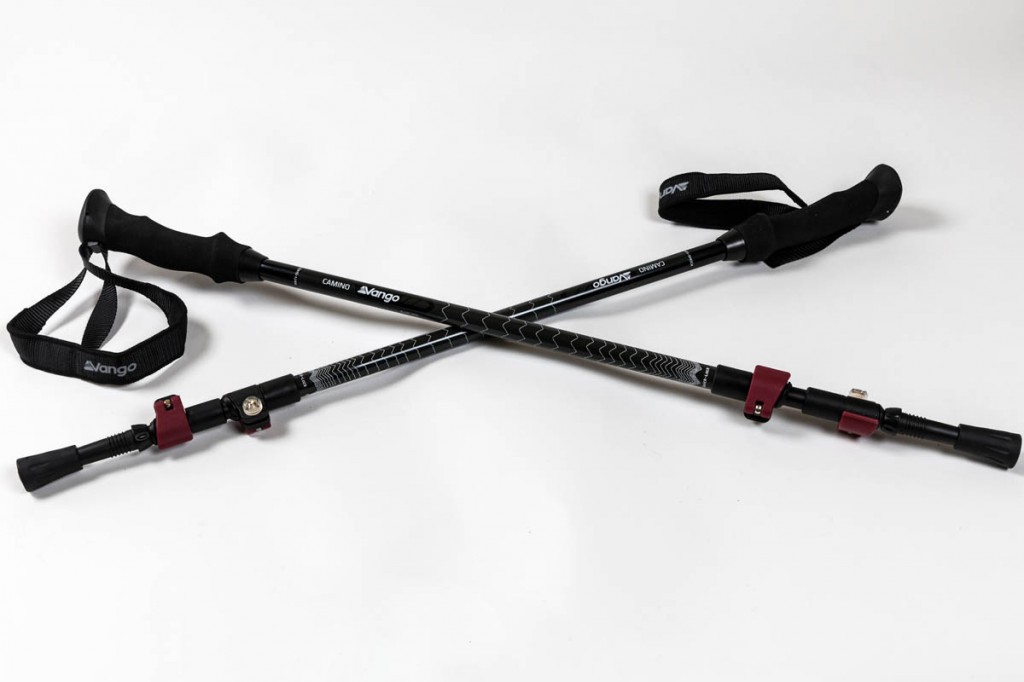
DAVID HANSFORD
16 January 2021If you put the strap round your wrist as described, I think that if you sufffer a fall there is a good chance you will break your wrist in the process.